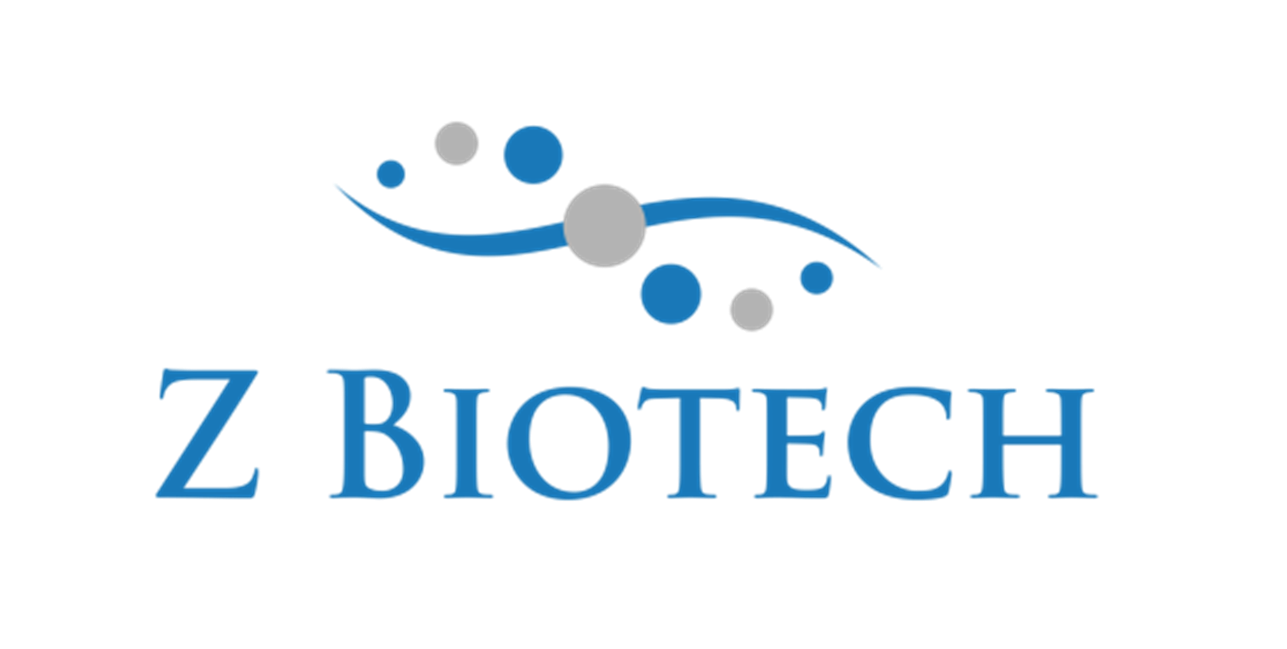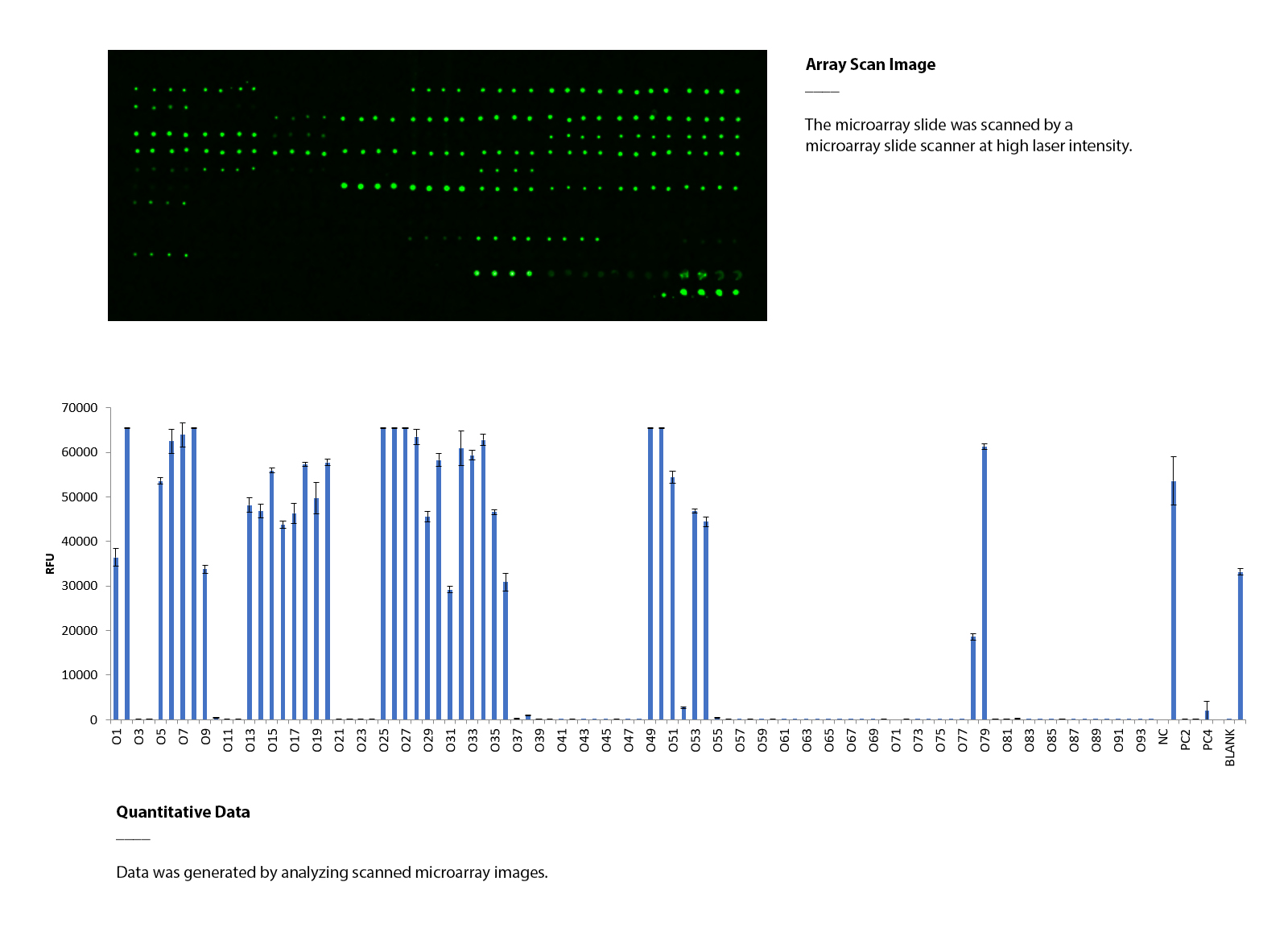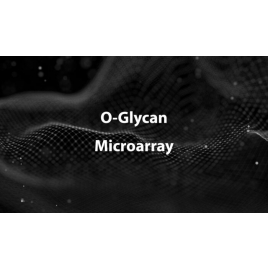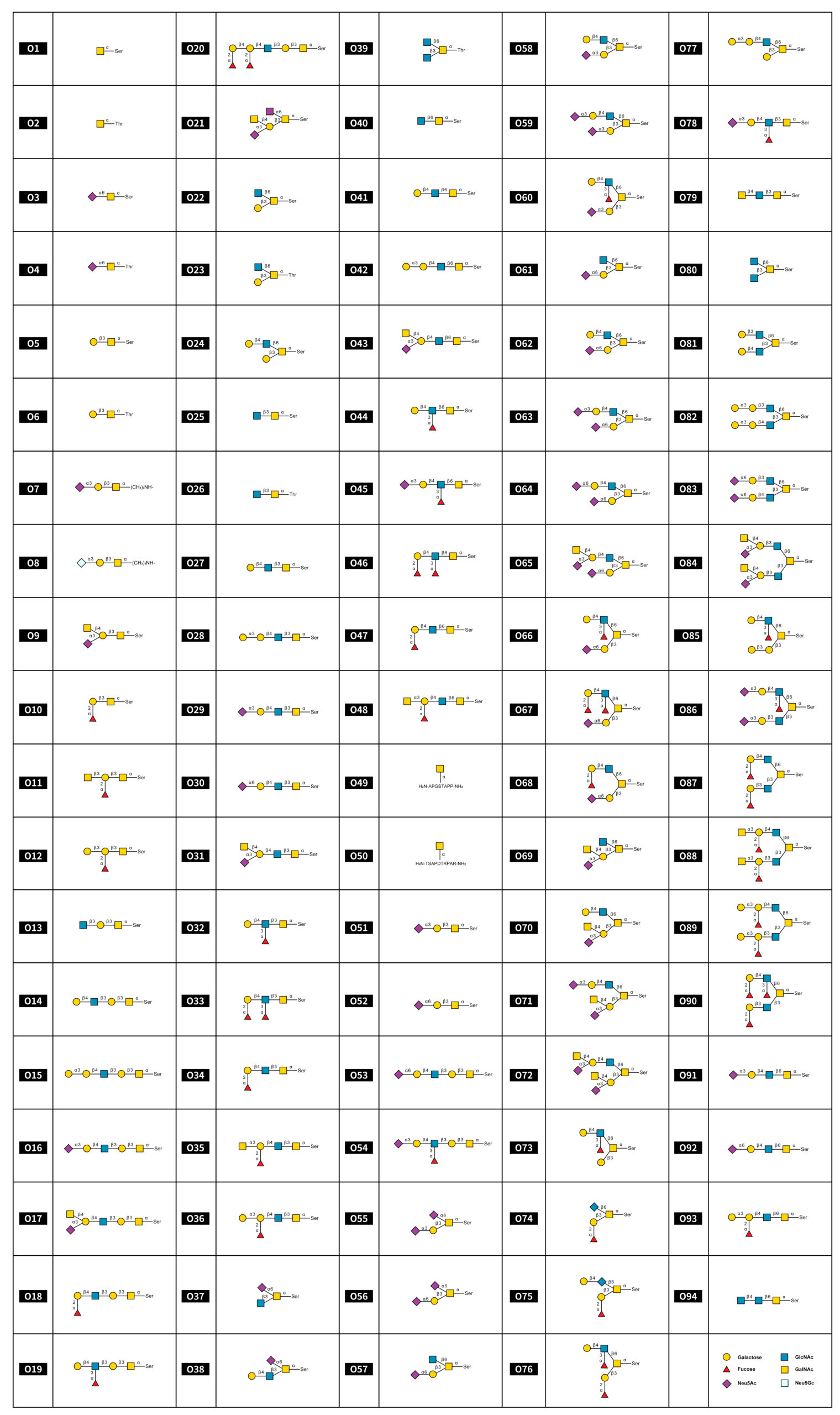Product
제품
-
Analytical Products
- Wyatt Technology
- Awareness Technology
- Eurofins l Abraxis (GSD)
- Aurora Biomed
- Canada NRC-CNRC
- Chrom Tech
- Eichrom Technologies
- EPROGEN
- Fluidic Analytics
- Globe Scientific
- GENERON
- Halo Labs
- Hygiena International
- KROMATON
- InProcess-LSP
- MTC Bio
- MZ-Analysentechnik
- Newomics Inc.
- Occhio Instruments
- Optimize Technologies
- Pickering Laboratories
- PolyLC
- Raykol Group
- RheoSense
- Rocker Scientific
- Santai Science
- SEDERE
- Spectra Analysis
- UCT
- Wealtec Corp
-
Bio & Medical Products
- Biolog
- Adooq Bioscience
- A&A Biotechnology
- Accegen Biotechnology
- Anatrace
- Array Bridge
- Biogenes GmbH
- BioQuochem
- BioServ UK
- Biomiga
- Biotech Support Group
- CinderBio
- Cell Technology
- Creative Biolabs
- Creative Diagnostics
- Creative Biostructure
- Creative Biomart
- Creative Enzymes
- EICOM
- Emulseo
- GLYcoDiag
- Helix Biotech
- InnoGenomics
- IsoSciences, LLC
- IUL Instruments
- Micropore Technologies
- Matrix Innovation
- PreciGenome
- PhylumTech
- ProFoldin
- Protein Ark
- Primer Design
- ProteoChem
- RareCyte
- RECIPE
- Silicycle Inc.
- Tymora Analytical
- UTAK
- YouSeq
- Z Biotech
소개

O-Glycan Array
Glycosylation is a post-translational modification in which sugar molecules are covalently attached to the protein, lipid, and nucleic acid. O-linked glycosylation adds an oligosaccharide to the oxygen (O) atom of the hydroxyl group in a serine or threonine residue. This process happens in the endoplasmic reticulum, golgi apparatus, and sometimes in the cytoplasm. O-glycosylated proteins are usually found on the cell surface and in the extracellular matrix, where they play essential roles in tissue structure support, receptor recognition, and signaling regulation.
One of the most famous examples of O-glycosylated proteins is mucin, which coats the mucosal surface of the gastrointestinal and respiratory systems. These proteins are heavily glycosylated with O-glycan structures on serine and threonine residues. Impairment of the O-glycosylation on mucins negatively affects their function. Truncated Mucin O-glycans are manifest in tumor tissues, and these abnormally expressed O-glycans promote self-tolerance and prevent the immune system from attacking the tumor cells. In Alzheimer’s disease, several changes in O-glycans of the accumulated tau protein have been detected, which escalates disease progression by promoting neuroinflammation. Identifying and understanding the respective interaction of abnormally expressed O-glycans may unveil novel molecular mechanisms for therapeutic development.
ZBiotech has developed a robust microarray platform that allows researchers to explore the interactions between O-glycans and biological samples such as proteins, antibodies, cells, cell lysate, serum, vesicles, bacteria, or viral particles. The O-glycan array features 94 distinct O-glycan structures. Each array contains 8 or 16 identical subarrays, enabling the simultaneous analysis of multiple samples. The O-Glycan array provides high-throughput and reliable glycan-binding information with a simple assay format that only requires a small sample volume. The O-glycan array can be customized to meet individual client needs. Assay services are available upon request.
Features
• 94 distinct O-glycan structures
• Unrivaled sensitivity and specificity;
• Simple assay format;
• Small sample volume;
• Customizable (select O-glycans for a specific microarray format)
• Assay service available
Applications
• Evaluate binding specificities of O-glycan interacting proteins
• Evaluate binding specificities of O-glycan interacting antibodies
• Study virus – O-glycan interactions
• Study bacteria – O-glycan interactions
• Study vesicle – O-glycan interactions
• Study cell – O-glycan interactions
Using O-glycan array to determine the binding specificity of Artocarpus integrifolia Lectin (AIA)
The O-glycan array was assayed with biotinylated Artocarpus integrifolia Lectin (AIA) (10 μg/mL), followed by streptavidin (Cy3). The array was scanned with a microarray scanner at 532nm wavelength. Positive control showed binding signals as expected. AIA binds to terminal GalNAc-containing O-glycans.

사양
주문정보
10611-16S O-Glycan Array Slide (16 samples)
10611-8K O-Glycan Array *Assay Kit (8 samples)
10611-16K O-Glycan Array *Assay Kit (16 samples)
* The assay kit contains a microarray slide, a bottle of blocking buffer, a bottle of assay buffer, a hybridization chamber, and sealing films. The hybridization chamber is a device that holds the array slide, assay buffer, and samples to be analyzed.
관련자료
List of O-glycan structures on the array (download the PDF)
Protocol & User Manual (download the manual)



